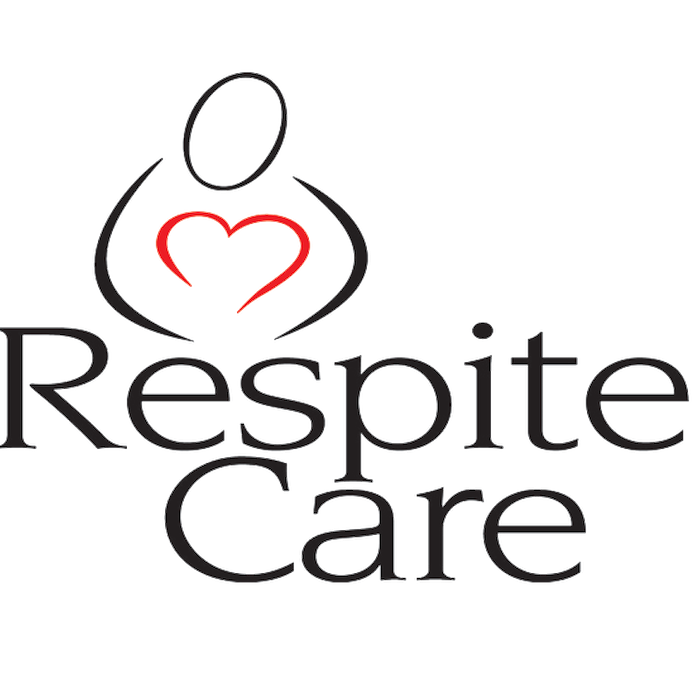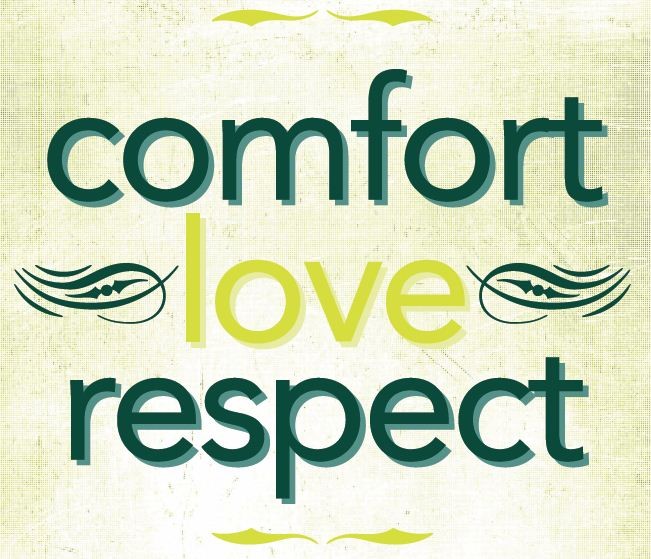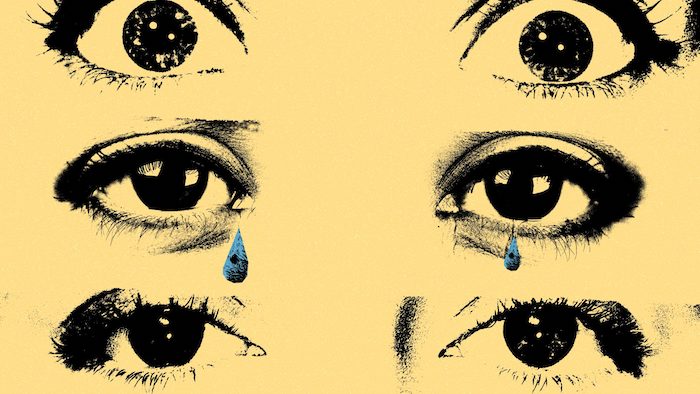A psychologist shares ways to cope with a lack of closure

It’s been more than 40 years since family therapist Pauline Boss, PhD, first coined the term “ambiguous loss” and published her book by the same name.
In its simplest sense, “ambiguous loss” refers to loss without closure. And today, the term has never been more relevant, especially as we continue grappling with the many ways the COVID-19 pandemic has upended our lives.
Psychologist Kia-Rai Prewitt, PhD, delves deeper into this concept, including its original meaning and how it’s especially applicable today.
“Dr. Pauline Boss created this term to refer to a lack of information and closure that surrounds the loss of a loved one,” Dr. Prewitt says.
At its core, ambiguous loss is all about a lack of resolution — but Dr. Boss created categories to differentiate between physical and psychological loss.
Type-one ambiguous loss
Type-one deals with physical loss, like when you don’t know for sure whether someone you love has died or what has happened to them. Think, for example, of a parent whose child has been kidnapped or a person whose spouse has gone missing on military deployment.
Dr. Boss calls this category “physical absence with psychological presence,” a type of ambiguous loss that occurs when someone you love is physically absent under unknown, uncertain or unresolved circumstances.
Examples include loss as a result of:
- Unexplained disappearances, like kidnapping.
- War and acts of terrorism.
- Deportation and genocide.
- Natural disasters.
This type of ambiguous loss can also come from a loss of contact, even if you know where the person is or what has happened to them. This kind of ambiguous loss includes circumstances like:
- Divorce.
- Adoption.
- Estrangement.
- Incarceration.
- Separation due to immigration.
“As an example, think about what happens after a divorce,” Dr. Prewitt says. “You know your ex-spouse still exists, but they are no longer in your life the way they used to be when you were married. That’s ambiguous loss, too.”
Another modern example is the trend toward ghosting — when someone you’re dating just stops responding and falls out of touch, leaving you without answers.
Type-two ambiguous loss
This type of ambiguous loss refers to a psychological loss, including a mental or emotional disappearance (like when someone’s personality has changed so much that they no longer seem like the person you once knew).
Dr. Boss describes it as “psychological absence with physical presence.” Your loved one is physically present, but they’ve changed, whether emotionally or cognitively (or both).
Examples include changes caused by:
- Alzheimer’s disease and other forms of dementia.
- Traumatic brain injury.
- Drug and/or alcohol addiction.
- Depression or other chronic mental illness.
“A common example I see is when I work with couples,” Dr. Prewitt notes. “A spouse says they want the person their partner used to be, especially if that partner has a mental or physical illness or has experienced a traumatic event during the course of the relationship.”
Why ambiguous loss is so hard to handle
Usually, closure is an important piece of the complicated puzzle that is grief. It provides us with some way to process what’s happened. “We typically crave closure because our brains are wired to analyze information and our environment,” Dr. Prewitt explains.
When someone dies of known causes, even when it’s sudden or particularly traumatic, we are, at least, able to comprehend that a loss has happened. Death is concrete — but ambiguous loss doesn’t offer any sense of closure.
This is especially true in the case of open-ended disappearances — say, if your child has run away from home or your partner is presumed dead after a hurricane. But there’s also no closure when a parent’s personality changes as a result of Alzheimer’s or when a friend’s mental illness makes them nearly unrecognizable to you.
“When we don’t have all the information, we lose our sense of control, and our thoughts fill in the blanks,” Dr. Prewitt says. “Those thoughts can be terrifying because there is nothing to confirm if what you’re thinking is right or wrong.”
How ambiguity impacts the grief process
“I see ambiguous loss as a type of complicated grief,” Dr. Prewitt says. “You’re often left longing for what used to be or for answers to questions.”
Grief looks different for everyone, and there’s no one “right” way to grieve. But it’s common to move through five stages of grief:
- Denial.
- Anger.
- Bargaining.
- Depression.
- Acceptance.
People who are grieving a loss go in and out of these stages of grief in no particular order — but when you’ve experienced an ambiguous loss, you may become stuck in any one stage. This is sometimes referred to as “frozen grief” or “grief limbo.”
“It can feel like an ongoing trauma because there is no answer,” Dr. Prewitt says.
And if you’re experiencing type-two ambiguous loss, other people may not even recognize that you’re grieving at all.
“Ambiguous losses can feel isolating because they can be ignored,” Dr. Prewitt says. “This makes it especially difficult for the person experiencing the loss.”
Ambiguous loss and the COVID-19 pandemic
Ambiguous loss has historically referred to individual loss — when a person has disappeared, left or somehow changed. Now, though, so many of us are experiencing loss, and it’s not always centered on a person.
“Everyone has lost something during the pandemic, whether they recognize it or not,” Dr. Prewitt says. “People lost access to social connections, jobs, childcare and being able to go places without doing a risk assessment first. A lot of couples’ relationships either withstood the stress of being together constantly, or their issues were exacerbated.”
In other words, things have changed. And if you wish things could go back to the way they used to be before the pandemic, you’re not alone.
“Humans crave consistency and predictability, so when things are unpredictable, such as the pandemic, we often feel anxious, depressed and isolated,” Dr. Prewitt says.
None of us got any closure on our old way of life before the pandemic forced us to transition into a stressful new one. It seems like this version of life is our new normal, but it’s understandable to experience grief for everything we’ve lost.
Other factors that contribute to ambiguous loss
It’s not just the pandemic, either. Researchers are also looking into how social and political conditions — like climate grief and the trauma of racial injustice — can lead to feelings of ambiguous loss, too.
“For communities of color who identify with Black Americans like Ahmaud Arbery and George Floyd, there is a constant reminder that society views and treats them differently,” Dr. Prewitt says.
Tips for coping with ambiguous loss
If you’re experiencing ambiguous loss, here are some suggestions for dealing with the grief, stress and sadness that can accompany it.
1. Name what you’re going through
The kind of ambiguous loss brought on by the pandemic, in particular, can be a sneaky kind of loss. You might not even recognize your grief for what it is — but now you have a name for it. Sometimes, just being able to put a label on what you’re experiencing can help you begin healing.
2. Work toward acceptance
Acceptance isn’t the same as closure. But in the absence of closure, Dr. Prewitt says it’s important to try to make peace with this new reality.
“It takes work to accept that things are different and may never go back to the way they used to be,” Dr. Prewitt says.
3. Reach out for support
Depending on the circumstances of your loss, other people in your life might realize that you’re struggling, which can be especially isolating. Dr. Prewitt recommends identifying and connecting with family or a close friend who can help support you. And especially in pandemic times, you may be surprised to learn that they’re having similar experiences.
You can also look for a support group for people who’ve experienced the kind of loss you have.
4. Look for silver linings
Without veering into toxic positivity territory, try seeing some of the good within the bad. What has come your way — like new friendships or personal growth — that wouldn’t have if your life had stayed the same?
“It can feel overwhelming and disheartening to know that things won’t go back to the way they were,” Dr. Prewitt says, “but it can also be an opportunity to create new meaning for yourself or with others.”
5. Get involved in a cause
“Some people cope with loss through action, like joining organizations focused on different issues that have personal meaning,” Dr. Prewitt says.
And if you choose to get involved with an organization related to the sort of loss you’ve experienced — say, an Alzheimer’s charity if your loved one has dementia, or a relief organization if you’ve lost someone to a natural disaster — you may also end up connecting with other people who’ve been where you are.
6. Be kind to yourself
Try giving yourself grace and gentleness as you work through your grief. “This is a time for self-compassion,” Dr. Prewitt encourages. “Be kind to yourself when you’re struggling with difficult emotions, the same way you would provide compassion to someone else if they were experiencing what you are.”
When to ask for help
If you find that you’re having trouble coping, look for a therapist who can help you work through your pain. It may be helpful to search for a therapist who specializes in grief or who has training in the particular type of loss you’re experiencing. You don’t have to deal with ambiguous loss on your own.
Complete Article ↪HERE↩!








